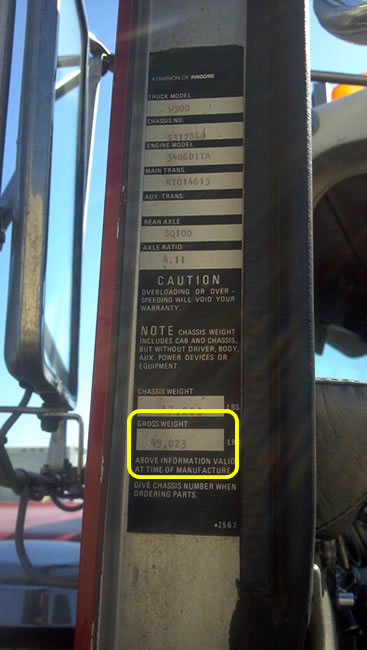Size matters. Or, more specifically, cargo weight and its distribution matter when it comes to operating a large commercial truck safely. How much tonnage a semi, tanker truck, flatbed or other large truck carries matters so much that the Virginia Department of Transportation sets maximum weights for each of the following types of vehicles:
- Single-unit trucks with two axles,
- Single-unit trucks with three axles,
- Single-unit trucks with four axles,
- Semis and tractor-trailers with three axles,
- Semis and tractor-trailers with four axles,
- Semis and tractor-trailers with five axles,
- Semis and tractor-trailers with six axles,
- Twin-trailer semis with five or more axles, and
- Other large trucks with five or more axles.
In all instances, the maximum total allowable weight for a semi or tractor-trailer is 80,000 pounds. Even more importantly for preventing crashes, injuries and deaths, no truck can legally operate on a Virginia road or highway if it carries more than 20,000 pounds over a single axle.
The per-axle weight limit, which mirrors the U.S. government’s standard that is enforced by the Federal Motor Carrier Safety Administration for trucks and buses that cross state lines, protects against problems that cause truck drivers to lose control and crash.
LEARN MORE
- Understanding Common Types of Semi and Tractor-Trailer Crashes
- What Evidence Is Needed to Succeed With an Insurance Claim Following a Crash With a Semi or Tractor-Trailer?
- Tire Blowout Crashes: Driver Negligence or Product Defect?
University of Alabama researchers detailed the dangers of overloading and improperly loading large trucks of all kinds in a report titled “A Synthesis of Safety Implications of Oversize/Overweight Commercial Vehicles.” As the authors explain:
- A high load raises the center of gravity of the trailer and increases the chance of rollover.
- Placing the center of gravity of the load nearer one side of the trailer than the other causes more load to be shifted to the wheels on that side of the vehicle. This can contribute to rollover, loss of control, and unequal braking on the right and left side of the trailer.
- If the center of gravity of the load is placed nearer the front of the trailer than the rear, or vice versa, this causes some axles to carry more load than the others. This can cause early wheel lock of the lightly-loaded axle and loss of control of the vehicle geometry as the tractor rear axle or trailer rear axle swings sideways.
- A loose or liquid load may shift during a maneuver or braking, placing a greater load on one side or the front of the trailer. This changes wheel loads and axle loads and affects braking.
- Overloading trucks increases the time and distance to stop. According to the Truck Safety Coalition, “a 100,000 pound truck takes 25% longer to stop than an 80,000 pound truck and a 120,000 pound truck can travel as much as 50% further before stopping than an 80,000 pound truck.” … Stopping distance is highly dependent upon the speed at which braking is initiated, with higher speeds producing much longer distances than lower speeds.
The short version of this detailed listing is that rollovers, jackknifing, rear-end collisions and tire blowouts all occur more frequently when trucks are overweight or improperly loaded. Comparing a wrecked truck’s gross vehicle weight rating (GVWR) tag to its actual cargo following a crash can point to negligence by the truck driver or trucking company. Finding such negligence makes it easier to file and settle personal injury and wrongful death claims.
EJL